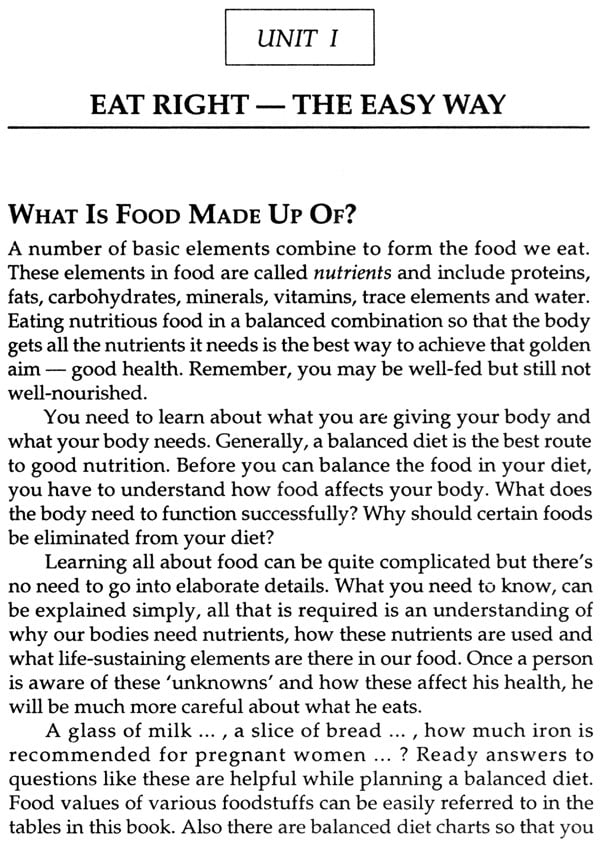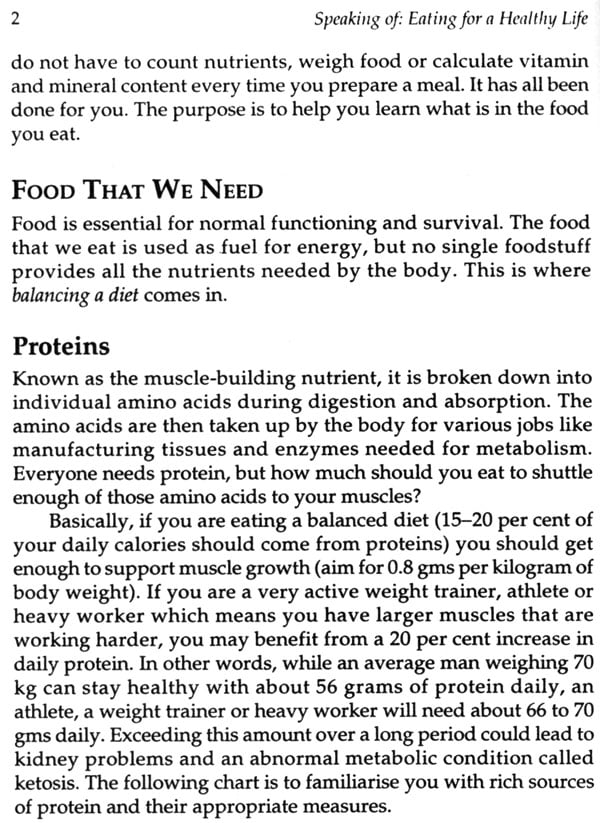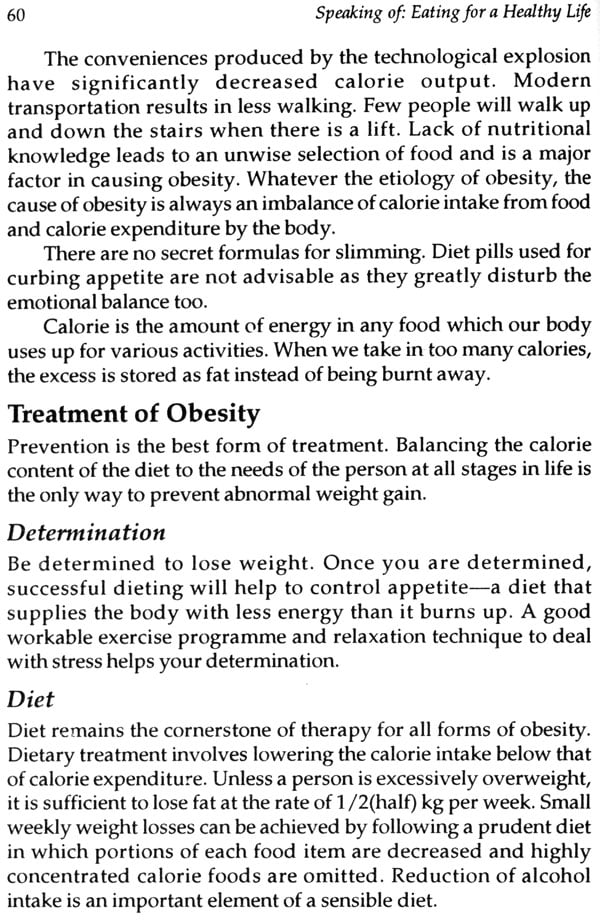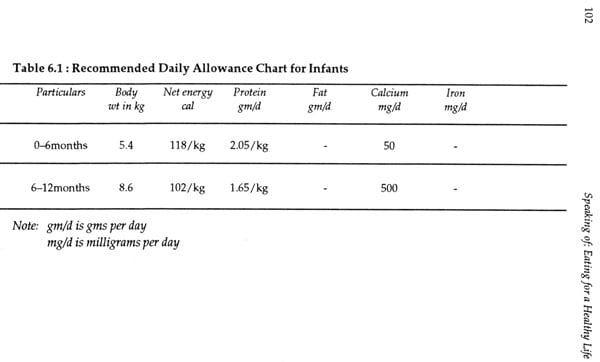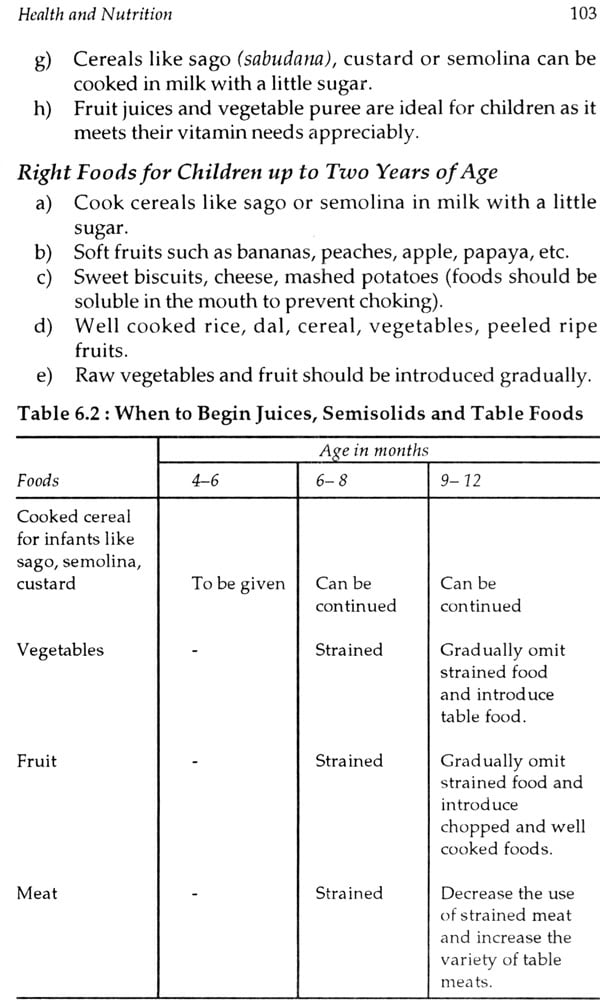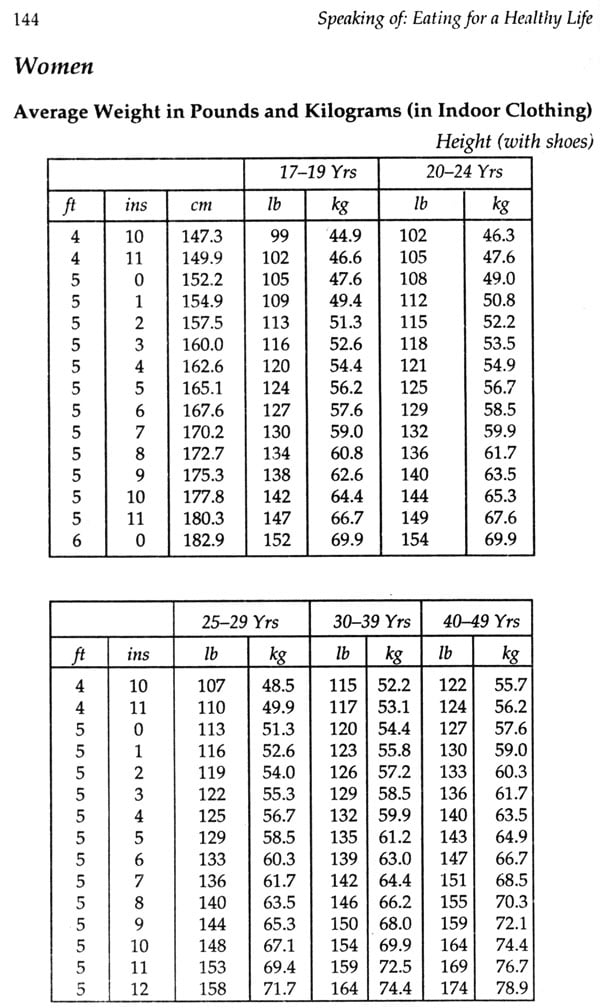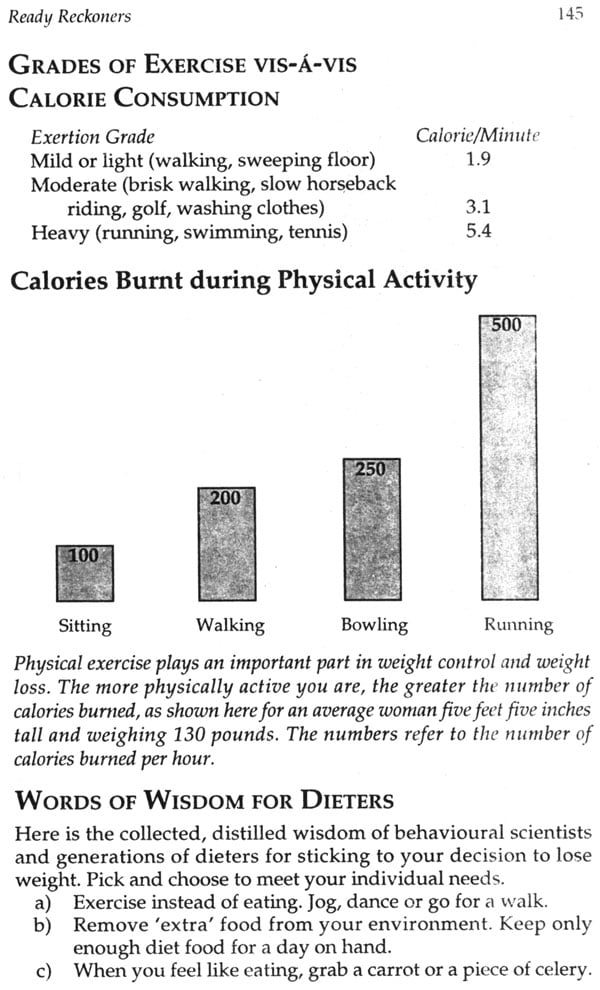
Eating for a Healthy Life
Book Specification
| Item Code: | NAC398 |
| Author: | Deepa Mehta |
| Publisher: | Sterling Publishers Pvt. Ltd. |
| Language: | English |
| Edition: | 2012 |
| ISBN: | 9788120719835 |
| Pages: | 167 |
| Cover: | Paperback |
| Other Details | 8.5 Inch X 5.5 Inch |
| Weight | 220 gm |
Book Description
Staying healthy has become a major concern for all segments of the society today. We all are aiming at increasing ‘longevity’. In our efforts to achieve the goal, we are continually regulating calories and essential nutrients in our diet to fight menaces such as early ageing, obesity, heart problems, high blood pressure, diabetes, etc.
Checking calories in a diet is the cornerstone of Eating for a Healthy Life and is the essence of this book, essentially meant for calorie-conscious and health- conscious people.
Deepa Mehta is a researcher in Nutrition from Nagpur University. She has also co-authored the book, Speaking of Diabetes and Diet, published by Sterling Publishers under the Sterling Health Series. Her papers have been published in a number of journals.
As a guide, this book will help you to become a more active participant in your health care. Health is Wealth. Each chapter contains practical as well as essential information about the food items, their functions and how the relationship of your body, mind and food works. I have attempted to portray the present health consensus with regard to diet therapy and treatment modalities. I have tried to simplify this book by avoiding details of pathogenesis, complicated graphs and tables. Some tips are incorporated on the basis of my experience in the last 15 years. There is now an urgent need to put a brake on this escalating epidemic of malnutrition, which is a precursor of many diseases like diabetes, heart disease, hypertension, respiratory diseases, arthritis and spondylosis. This book is a small contribution towards this step.
This book is in seven units. Every unit of the book is complete in itself. Unit I deals with an introduction to food and its nutrients, with practical information and functions of each food group in a simple tabular form. It covers food which we eat but our body does not need, for example, caffeine, alcohol, fats and cholesterol, etc.
Unit II covers aspects of good health, to include basic food groups, the importance of meals and a variety of foods.
Unit III deals in detail about exercise.
Unit IV lists all the foods that can be interchanged, the calorific value remaining the same.
Unit V encompasses practical information regarding weight control and the logical substitution of high calorie foods with low calorie nutritious foods. This unit intends to assist the reader and his or her family members in implementing and carrying out the meal plan prescribed. It provides flexibility in planning a meal.
Unit VI deals with nutrition during infancy, childhood, adolescence, old age, pregnancy and lactation. It also covers special diets to meet abnormal physiological conditions like high blood pressure, diabetes, kidney problem, ulcers, heart problems and many others.
Unit VII is the ready-reckoner unit with a very handy and useful calorie-check reckoner, of almost all food groups. There are almost 100 recipes mentioned in this book. Most of them use easily available ingredients, with the cooking directions clearly written.
With this kind of knowledge, comes a sense of self-confidence. Good health habits and regular medical care give your body the strength to withstand stress, and a healthy body will give your mind the will and resilience it needs to accomplish the work effectively and efficiently.
| Preface | vii | |
| Unit I Eat Right-The Easy Way | 1 | |
| 1. | What is food made up of? | 1 |
| 2. | Food that we need | 2 |
| Proteins | ||
| Carbohydrates | ||
| Dietary fibres | ||
| Fats | ||
| Minerals | ||
| Vitamins | ||
| Supplements help | ||
| 3. | Foods that we do not need | 24 |
| Fats and cholesterol | ||
| Sugar | ||
| Sodium (common salt) | ||
| Caffeine | ||
| Fast foods | ||
| Alcohol | ||
| Unit II A Glance at Good Health | 29 | |
| 1. | Introduction | 29 |
| 2. | Principles of good health | 30 |
| Forming healthy eating habits | ||
| Know about what you are eating | ||
| Moderation and balance as the cornerstone of a successful diet | ||
| Physical fitness | ||
| Dieting to lose and maintain weight | ||
| Be flexible | ||
| Keep abreast of nutrition information | ||
| Adhere to dietary goals | ||
| Eat naturally | ||
| Keep off the lethal five | ||
| 3. | Basic food groups | 31 |
| 4. | Assessment of good health | 33 |
| 5. | How much should we eat? | 35 |
| Classification of activities based on occupation | ||
| 6. | Guide to the homemaker | 37 |
| Basic guidelines for good food | ||
| Planning meals | ||
| Variety of dishes | ||
| Unit III Exercise – Live Longer Fell Younger | 42 | |
| 1. | Exercise and its benefits | 42 |
| Some principles of exercise | ||
| 2. | Calories burnt in various activities | 44 |
| Walking | ||
| Unit IV Food Exchanges | 47 | |
| 1. | Exchange list of different food groups | 48 |
| Cereal exchange | ||
| Legumes and pulse exchange | ||
| Vegetable exchange | ||
| Fruit exchange | ||
| Milk exchange | ||
| Meat exchange | ||
| Fat/Oil exchange | ||
| Unit V Weight Control | 59 | |
| 1. | Losing weight sensibly | 59 |
| Treatment of obesity | ||
| Guidelines for reducing weight | ||
| Behaviour modification | ||
| Shedding excess weight through substitution | ||
| Unit VI Health and Nutrition | 100 | |
| 1. | Introduction | 100 |
| 2. | Diet according to age | 101 |
| Infancy | ||
| Childhood | ||
| Adolescence | ||
| Old age | ||
| Pregnancy and Lactation | ||
| 3. | Special diets | 114 |
| Low-sodium diets | ||
| Weight-reduction diets | ||
| High-fibre diets | ||
| Low-fibre diets | ||
| Bland diet | ||
| High-calorie diet | ||
| High-protein diet | ||
| Low-protein diet | ||
| Vegetarian diet | ||
| Special diet for diabetes mellitus | ||
| Unit VII Ready Reckoners | 142 | |
| 1. | Check your weight | 142 |
| Height and weight of children (Average) | ||
| Weight of adults (Average) | ||
| 2. | Grades of exercise vis-à-vis calorie consumption | 145 |
| Calories burnt during physical activity | ||
| 3. | Words of wisdom for dieters | 145 |
| Personal weight chart | ||
| High cholesterol foods | ||
| Calorie check | ||
| Glossary | 154 |
